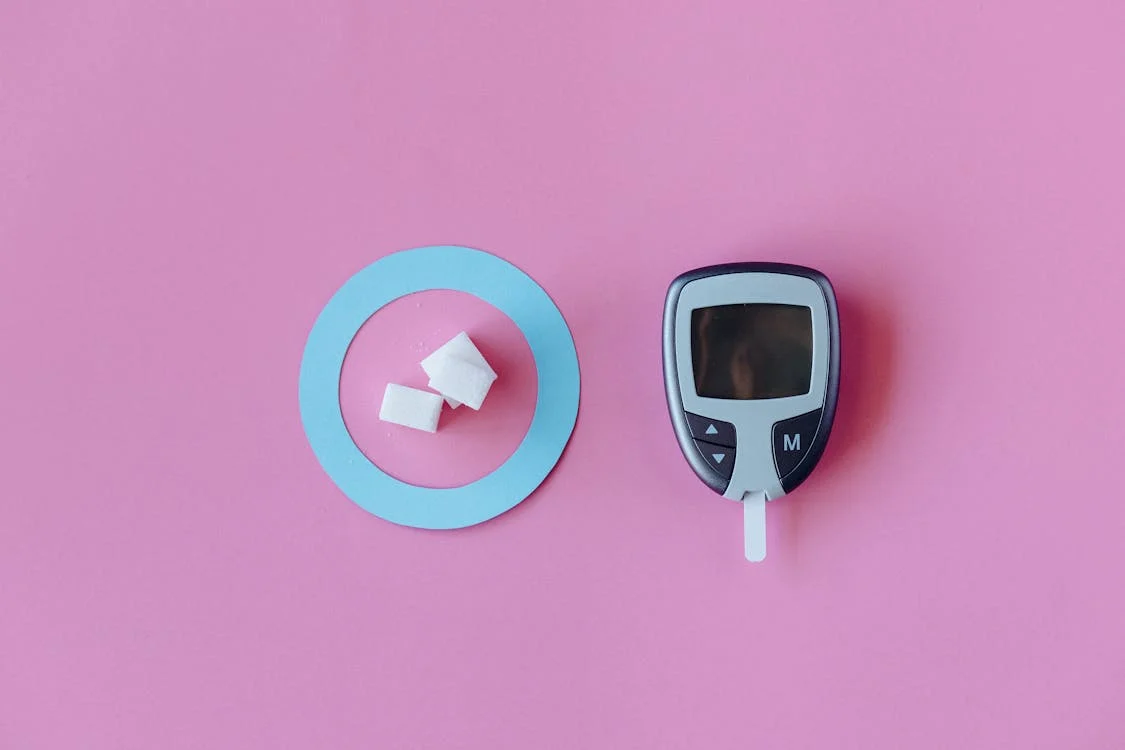Type 1 diabetes (T1D) is a chronic condition characterized by the body’s inability to produce insulin due to autoimmune destruction of the insulin-producing beta cells in the pancreas. Unlike Type 2 diabetes, which is often linked to lifestyle factors, Type 1 is not preventable and can manifest at any age, although it commonly occurs in childhood or adolescence. Living with T1D can present numerous challenges, but it also fosters resilience, adaptability, and a unique community among those affected.
Understanding Type 1 Diabetes
For those diagnosed with T1D, managing the condition involves a daily routine of blood sugar monitoring, insulin administration, dietary management, and understanding how various factors—such as physical activity, stress, and illness—can affect glucose levels. The unpredictability of blood sugar fluctuations can be daunting, leading to both physical and emotional stress.
Daily Life with T1D
1. Blood Sugar Monitoring
Monitoring blood sugar levels is a cornerstone of T1D management. Many individuals use continuous glucose monitors (CGMs) that provide real-time data, helping them make informed decisions about food intake and insulin dosage. However, the need to check glucose levels multiple times a day can be intrusive and sometimes lead to anxiety. Some individuals share that they feel the pressure of being constantly aware of their body’s needs, often leading to “diabetes burnout.”
2. Insulin Administration
Insulin therapy is essential for survival in T1D. Some individuals use multiple daily injections (MDI), while others opt for insulin pumps. Each method has its own set of challenges. Those using pumps must manage the device, ensuring it’s functioning correctly while being aware of how it interacts with their daily life, including exercise and meals.
3. Nutrition and Meal Planning
Diet plays a significant role in managing T1D. Carbohydrate counting is a common practice, allowing individuals to calculate the necessary insulin dose for their meals. The need for meal planning can sometimes feel restrictive, but many people learn to balance enjoyment and health, discovering new foods and recipes that fit their dietary needs.
4. Emotional and Social Impact
Living with T1D can have emotional repercussions. The fear of hypoglycemia (low blood sugar) can be particularly anxiety-inducing, especially in social situations. Many individuals recount experiences of feeling isolated, either because others do not understand their condition or due to the difficulty of explaining their dietary choices and insulin administration in social settings. However, connecting with others who share similar experiences can be incredibly beneficial, providing a sense of community and support.
Real-Life Stories
Emily’s Journey
Emily was diagnosed with Type 1 diabetes at the age of 8. At first, she felt overwhelmed by the daily regimen of checks and injections. As she grew older, she discovered a supportive online community where she could share her experiences and learn from others. “Having friends who understand what I go through has made a huge difference,” she says. “We celebrate the victories and support each other through the hard times.”
John’s Perspective
John, diagnosed at 25, faced unique challenges as an adult. He struggled with work-life balance, often feeling exhausted by the constant vigilance required to manage his condition. “It’s not just about the numbers; it’s about how I feel mentally and emotionally,” he shares. Through therapy and support groups, John learned to cope with the stress, emphasizing the importance of self-care.
The Silver Lining
Despite the challenges, many individuals living with T1D express gratitude for the lessons learned along the way. They often develop a greater appreciation for their health, a sense of discipline, and a supportive network of friends and family who understand their journey. Awareness and education around T1D are crucial for reducing stigma and fostering understanding among the general public, making it easier for those affected to share their experiences without fear of judgment.
Conclusion
Living with Type 1 diabetes is undoubtedly challenging, marked by daily routines and the need for constant self-management. However, the real-life experiences of those affected reveal resilience, community, and personal growth. By sharing their stories, individuals living with T1D can inspire others, raise awareness, and foster understanding in a world where chronic conditions can often feel isolating. Through support, education, and connection, the journey with Type 1 diabetes can become a testament to human strength and adaptability.

